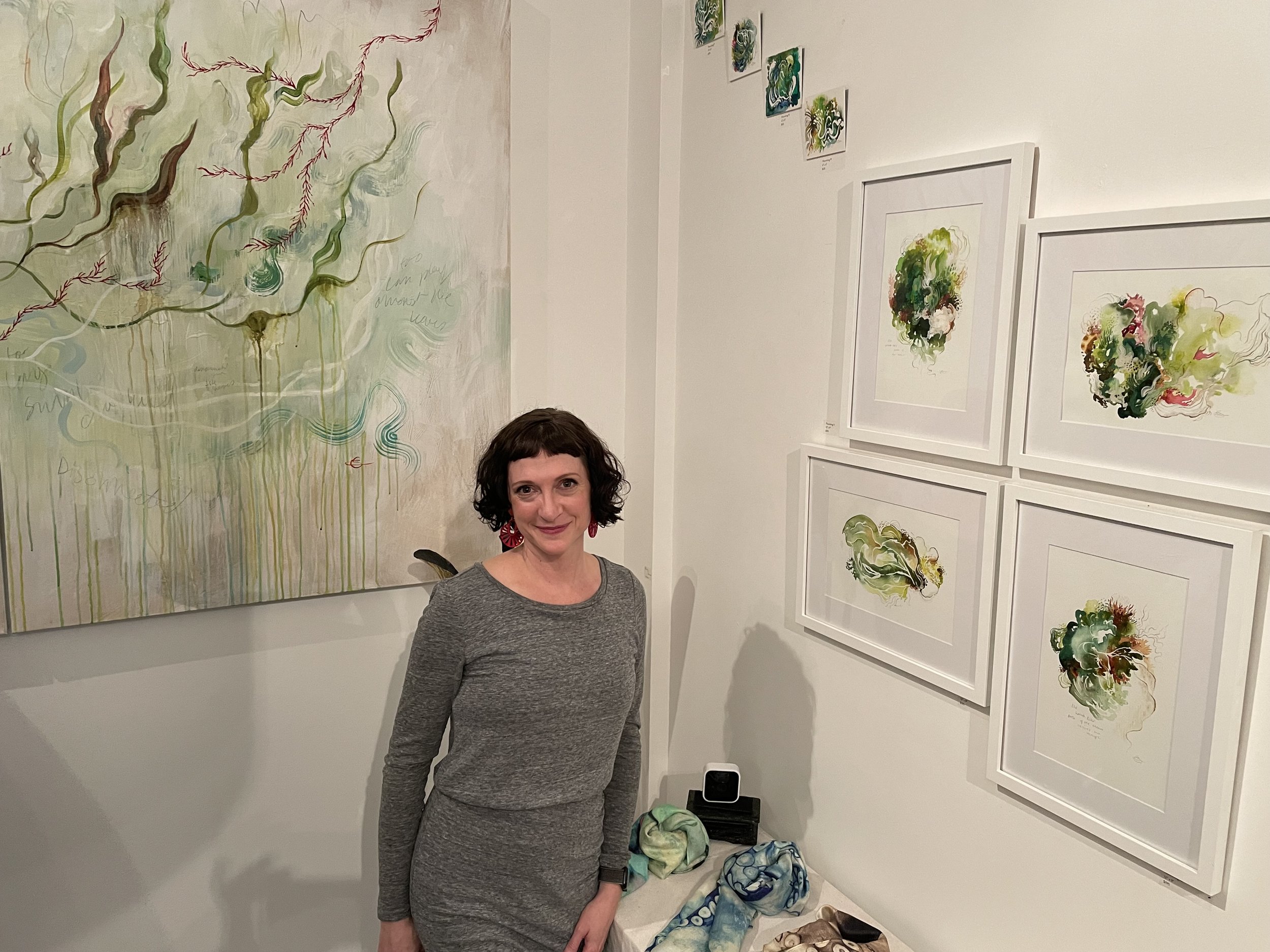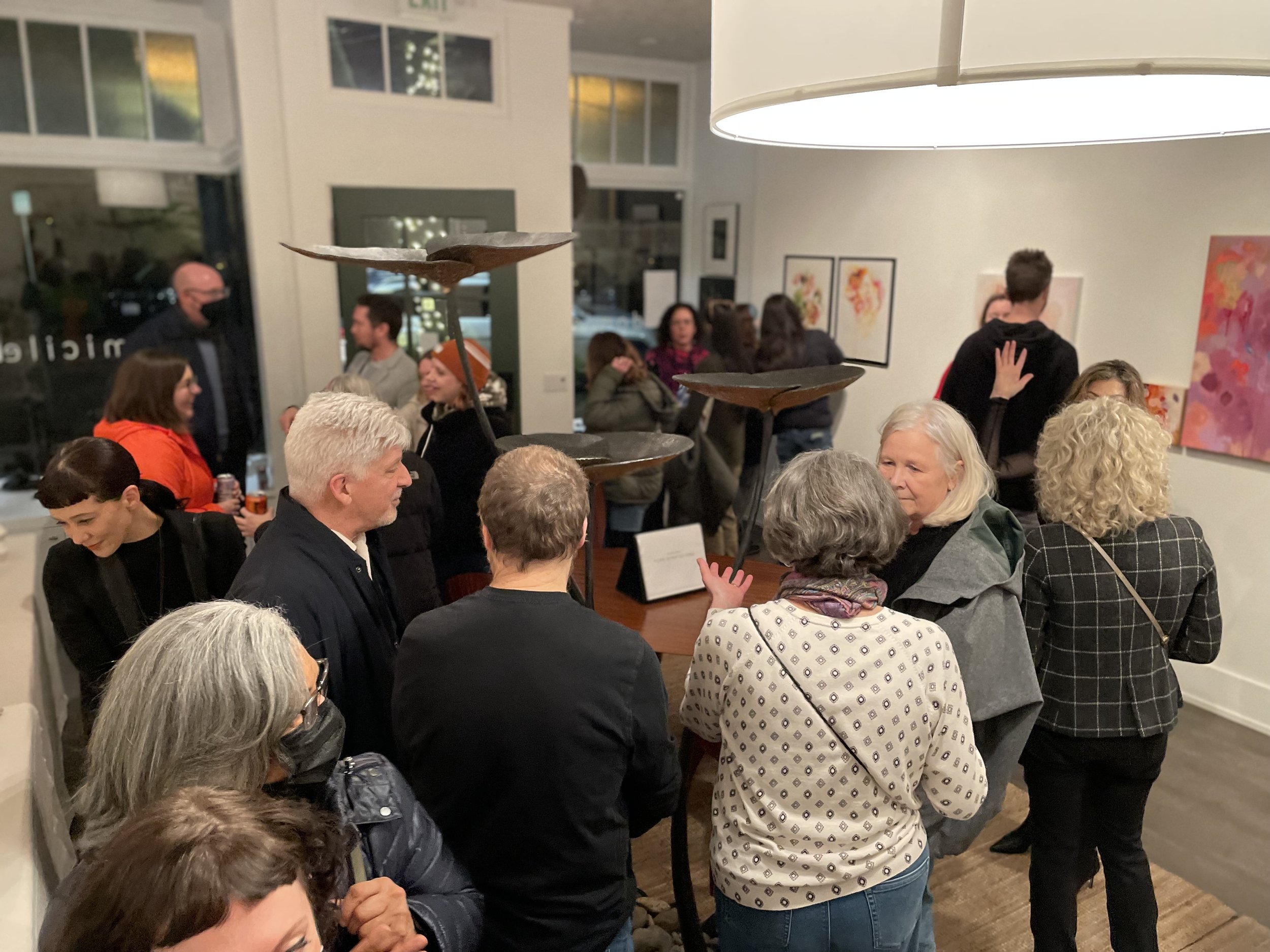On my birthday a few weeks ago I thought I might spend all day at the spa but a migraine kept me from going. So I thought, maybe I could go to the aquarium and eye-gaze with the fishes, draw kelp, and have a calm day peering into the artificially reconstructed biomes of the deep.
As I arrived at the Seattle waterfront, my heart sank. How could I have forgotten that the Aquarium is not a tranquil respite for the city-weary artist? It’s a fun place to take your screaming toddler in order to get out of the house. Or a field trip for the 6th-grade biology class.
So, although I managed some one-on-one time with a few soulful fish who kept me company while drawing, most of the day was spent earplugged and headphoned (this potent duo only comes out in the direst of situations), dodging strollers while briskly making my way through the maze of sea creatures and children.
This scenario made me think about what it’s like living with a sensitive nervous system, and one that’s been affected by trauma. Since I was very young, I felt overwhelmed by life. Everything was too much, too loud, too emotional. Somehow, I did not develop the resilience in my nervous system to deal with this life. Being in a mall would leave me in tears and a trip to Disneyland would take me weeks to recover from. My mother was bewildered by this child who could melt down at any moment while she was a seeming monolith of emotional control. Since then, I’ve come to recognize that I have symptoms of complex ptsd and misophonia; a condition in which some sounds resonate louder than average and can cause emotional distress and even pain.
Many of us sensitive souls feel a strong connection with water because it feels comforting. Not only were we birthed out of the oceans millions of years ago, but our bodies are also 45-75% water. We are intimate with fluidity. We were surrounded and contained in fluid for 9 months in the womb before being born. This may have been the last time that we felt held, safe, and somewhat quiet.
What would it be like to feel safe again? To not be in overwhelm or feel assaulted by sound and energy. To feel fluid, allowing the current to take you where you need to go instead of constantly battling the emotional attacks that life brings.
The past couple of months I’ve been working to heal my nervous system from the trauma that has resurfaced in it over the past couple of years. Coming back to embracing the fluidity of life and building capacity to live in this sensory world, reimagining my energy field as capable. It’s a journey that I’ve been on before and will probably have to come back to over and over again. It’s the next best thing to living in that womb-like comfort.









